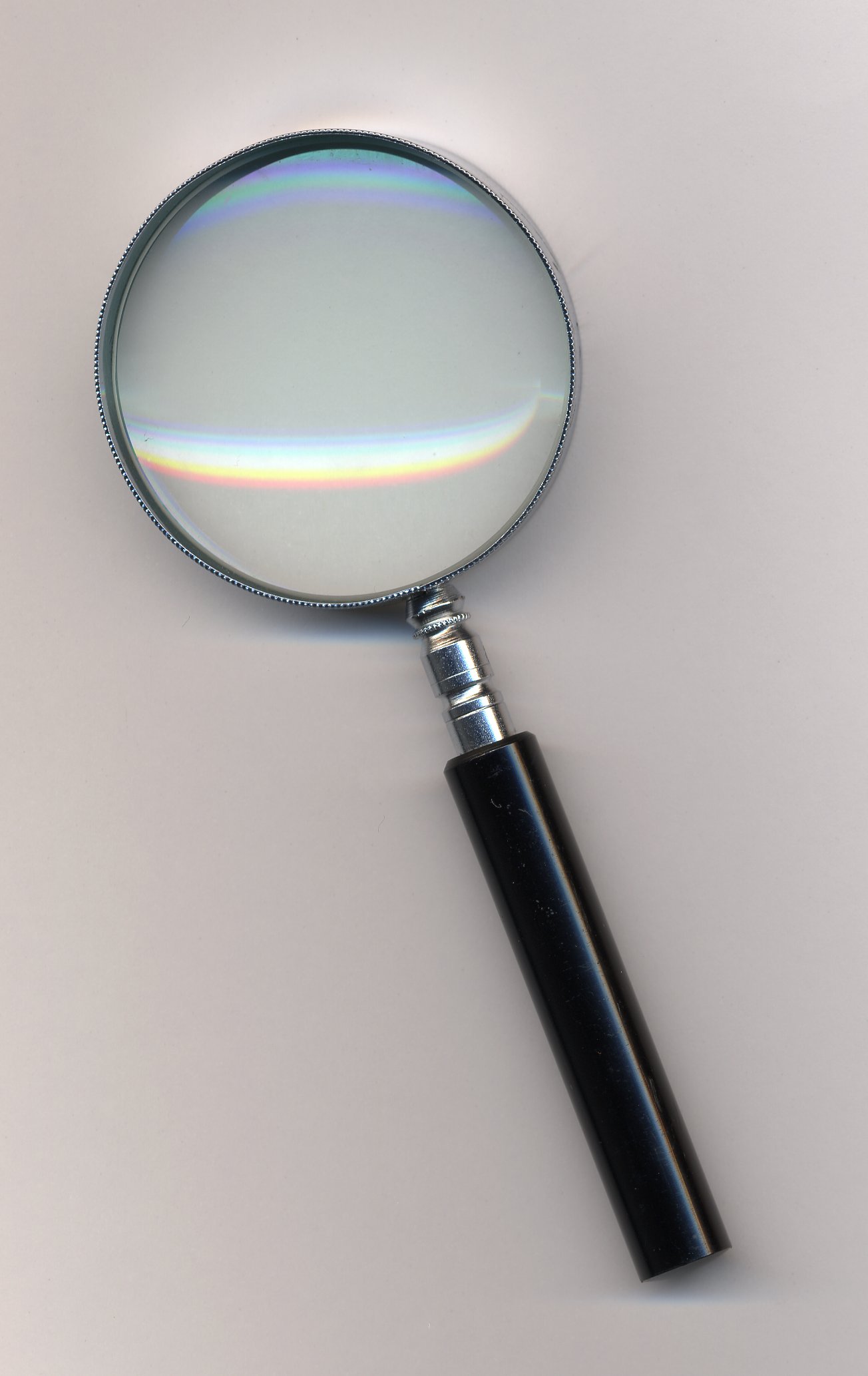
Freckles or moles can be perfectly normal parts of your skin, but sometimes they’re a sign of cancer. Here’s how to know the difference.
An easy way to remember your mole checklist is ABCD: Asymmetry, Border, Color, and Diameter.
Asymmetry: Look for an irregular shape, in which the two sides don’t match up.
Border: Check to see if one part of the mole appears to be spreading outward.
Color: See if the mole appears to change from brown to black, or has varied coloring.
Diameter: Watch for a mole that appears to get bigger, and looks noticeably different than the other moles on your body. In general, moles that are smaller than a pencil eraser are ok.
You should also check the texture and feel of the mole. A raised mole or one that develops a lump, might also be problematic. Check if it has a scaly/ rough surface or if it’s itching or bleeding.
Most people have a certain number of moles or freckles. However, if you have a lot of them – and you’re fair-skinned – you are at a higher risk of melanoma, the deadliest of all skin cancers. New moles that appear after you turn 25 should be checked out.
It’s best to check your skin regularly for unusual moles, whether you’re fair-skinned or not. Melanomas especially can appear on areas of skin that don’t get much sun exposure – including the soles of your feet and underneath your nails – so you need to be careful. Don’t wait until you feel pain, because skin cancers are often seen before they’re felt.
Check your moles once a month with a mirror as needed, and don’t be afraid to ask a friend or family member to help you.
Early detection and prevention are the keys to avoiding, or surviving, skin cancer, so be proactive in order to stay healthy.
